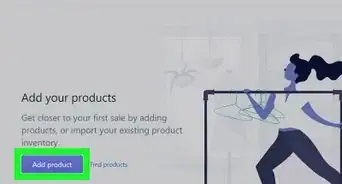This article was co-authored by wikiHow Staff. Our trained team of editors and researchers validate articles for accuracy and comprehensiveness. wikiHow's Content Management Team carefully monitors the work from our editorial staff to ensure that each article is backed by trusted research and meets our high quality standards.
There are 9 references cited in this article, which can be found at the bottom of the page.
wikiHow marks an article as reader-approved once it receives enough positive feedback. In this case, 91% of readers who voted found the article helpful, earning it our reader-approved status.
This article has been viewed 67,013 times.
Learn more...
The property development business can be a tough one to break into, but it’s not outside your grasp, provided that you’re patient, ambitious, and, above all, resourceful. When you're first getting your start, your most important task will be to consider which properties in your area have the most commercial potential. You’ll then need to secure financing and snatch up the property while it’s affordable enough to minimize your financial risk. After fixing the property up to suit your vision, you can decide whether it would better to lease or sell it and add it to your list of lucrative locations.
Steps
Starting Your Business
-
1Draft a detailed business plan. Once you’ve decided to try your hand at property development, your first step will be to outline how you’ll put your into action. Sit down and write out a short description of your business as you envision it and how it has the potential to benefit the place where you live. Then, make a list of the resources available to you, such as startup money and connections to local property owners.[1]
- A few important points worth considering include how much capital you have at your disposal, whether you’re capable of managing multiple properties yourself, and how you’re likely to fare given the current state of the real estate market.
- Will your property development business become your full-time job, or will it be a part-time enterprise meant to diversify your income?
-
2Be specific about your goals. In order to make a living as a property developer, you’ll need to have a clearer objective in mind than “flip a property and make a lot of money.” A better approach is to start with a modest but focused plan—for example, “I want to buy the old Graystoke building and turn it into affordable student housing.” With a basic strategy in place, you’ll have a more concrete idea of what it will take to make it happen.
- Keep your goals realistic when you’re first starting out and build your portfolio (and your reputation) one property at a time. Setting your sights too high could prove to be a costly mistake.
- The simplest way to break into the business is to buy a house, fix it up, and sell it. From there, you can move onto bigger, more expensive properties.[2]
Advertisement -
3Consider your area’s real estate needs. It may be that suburban housing outside an up-and-coming industrial center is practically nonexistent, or that there’s a shortage of hip eateries around town. Anywhere that there’s a particular demand, there’s an opportunity for a profitable development. As a rule, the most successful projects are the ones that give people what they want.[3]
- Always take the population of the area you’re developing into account. It’s important to plan your property with your likely buyer or renter in mind.
- If you live in an area with a lot of older residents, for example, it will make more sense to build easily accessible single-story homes or condos than lavish multi-level buildings, even if they’re what’s fashionable at the moment.
Financing Your Projects
-
1Apply for a development loan. After you’ve come up with a feasible plan for your first development, head down to the bank and go over your plan with one of the property development experts on staff. They’ll be able to provide you with an accurate estimate of all the related buying costs, as well as how much monetary assistance you can expect to receive. In most cases, the bank will put up 70-80% of the primary buying costs, but may not cover “soft” expenses like construction and permit fees.[4]
- As with any other type of loan, you may have to show proof of credit or provide collateral in order to be considered a safe investment. Some banks may even ask you to put down a deposit of around 15-20% of the total projected development cost.[5]
- It takes a lot of money to buy and refurbish commercial and residential properties. Unless you have a considerable amount stashed away in savings, you’ll probably need to rely on outside financing to some degree.
- Put some thought into your proposal and determine whether it’s one that has a shot The bank may choose not to approve your request for financing if they feel that they’re taking too much of a risk.[6]
-
2Set safe financial limits. Come up with a top-end amount that you think a given property is worth and stick to it. That way, you can avoid being talked into accepting deals that will ultimately just take money out of your pocket. Responsible budgeting and investing is one of the keys to cutting it in the long-term.
- How much you’re willing to pay will depend on things like the economy, location, and projected value of the finished property, so it will differ from project to project.
- The property development business is a lot like gambling—it’s better to win small but often than to wager the whole pot and lose it all.
-
3Decide whether you want to buy to lease or sell. Buying to lease is a relatively low-risk way to turn a profit when you’re first establishing yourself, as it gives you a chance to recoup what you paid for the property in rental fees. Conversely, buying to sell allows you to make improvements and move onto the next project without worrying about how changes in the market might affect the property’s gross. Refer back to your initial business plan and available resources to determine which option has the potential for the highest yield.[7]
- The vast majority of new developers prefer to buy to lease. This way, they have a steady stream of income that they can count on, which can in turn be put toward future projects.
- When buying to lease, aim to make up 10% of your initial investment in annual rental fees. When buying to sell, it’s best to ask for at least 30% of the total amount you paid for the property in order to justify your expenditures. For example, $150,000 in annual earnings is enough to keep a $1.5 million rental property afloat. For a one-and-done development that you've sunk $4 million into, you'll come out on top as long as you don't sell for less than $1.2 million.[8]
-
4Be aware of the risks of buying up properties. There’s no guarantee that the properties you acquire will generate money, even if it’s smack dab in the middle of an area that’s undergoing an economic boom. As with any other business venture, there’s always an element of blind chance involved. If you’re not sure whether you can realistically get by without the revenue from a new property, it may be wisest to hold out for a more secure option.[9]
- There are countless other intangible factors that can prevent a property from producing the way you expected it to, including changes in the economic climate, and unforeseen structural issues. These factors are often difficult or impossible to plan for.
Building Your Portfolio
-
1Look for properties in up-and-coming locations. A good rule of thumb is to identify areas that are just starting to show signs of growth or have experienced a recent revival in popularity. That way, you can snatch up the property at a low rate and sell it at a premium, maximizing your profit.[10]
- Keep an eye out for affordable locations that are near schools, prominent businesses, shopping centers, and other places that are likely to attract buyers.
- A common mistake made by rookie developers is to look at places that are already thriving and attempt to squeeze in there. Keep in mind that the bigger the boom, the less opportunity for expansion there will be.[11]
-
2Find motivated sellers. You’ll get the best deals from people who need to make a sell as soon as possible. This could be a divorced couple, a bankrupt business owner, or a homeowner who’s moving away and hasn’t seen much interest in their property. These people know that if they don’t cash in right away, they stand to lose a big chunk of their investment.[12]
- Consider hiring a real estate agent to help you track down and mediate buys. They’ll often be privy to the seller’s reason for parting with their property, which can give you an advantage when it comes time to make an offer.
-
3Take your time making a buy. Don’t be too eager to seal the deal. You want to make sure you’ve done your homework and assessed both the risks and earning potential of each property you look at before you commit to purchasing. Otherwise, you could get stuck sinking more resources into it than you ever imagined, and ultimately take a loss on your return.[13]
- Ask the current owner any questions you may have about considerations like zoning, maintenance, and taxes. Take a few days to sleep on your decision, if necessary.
- Once you’ve found the perfect property, don’t hesitate to sign your name to the dotted line.
-
4Work with a development team to refurbish your properties. Once the property is yours, all that’s left to do is get it ready for resale. Depending on the type of property, you may need to hire a contractor or building team, architects, engineers, and interior decorators and designers in order to bring your vision to life. The primary goal here is to make it better than it was when you bought it, thereby driving up it’s value.
- For single houses and smaller projects where it would be financially impractical to recruit outside help, you can save on fix-up costs by performing basic repairs and renovations yourself.
- When it comes time to sell, price the property fairly according to the improvements you made. Be willing to negotiate within reason to reach a sum that’s close enough to your asking price for you to live with.
Warnings
- Because of its inherent risk, property development may not be the safest business for those who don’t have much of a financial safety net.⧼thumbs_response⧽
References
- ↑ https://propertyupdate.com.au/how-to-get-started-in-property-development-article/
- ↑ https://www.theguardian.com/money/2015/oct/01/i-want-to-go-into-property-development
- ↑ https://startups.co.uk/how-to-start-a-property-development-business/2/
- ↑ https://propertyupdate.com.au/how-to-get-started-in-property-development-article/
- ↑ https://propertyupdate.com.au/property-development-finance/
- ↑ https://www.fundingoptions.com/knowledge/property-development/
- ↑ https://startups.co.uk/how-to-become-a-property-developer-8-simple-steps/
- ↑ https://startups.co.uk/how-to-become-a-property-developer-8-simple-steps/
- ↑ https://www.crowdstreet.com/resources/topics/investing/development-process-risk
- ↑ https://www.primelocation.com/discover/landlords-developers-and-investors/how-to-become-a-property-developer/#SyX8USJHKy3LeZFy.97
- ↑ https://startups.co.uk/how-to-become-a-property-developer-8-simple-steps/
- ↑ https://www.fortunebuilders.com/how-to-identify-and-appeal-to-motivated-sellers/
- ↑ https://startups.co.uk/how-to-start-a-property-development-business/2/
About This Article
To become a property developer, start by creating a business plan with specific goals for your business, such as buying historic buildings to turn into apartments. Next, bring your business plan to a bank to apply for a loan, which can cover up to 80 percent of the costs. Then, look for properties that are in up-and-coming locations, and are close to schools and businesses, which pose the least risk to investors. Finally, hire a contractor to make improvements and get the property ready to rent or sell. For more advice on how to pick the most profitable properties to develop, read on!
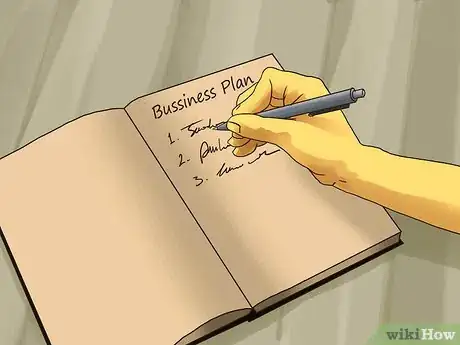
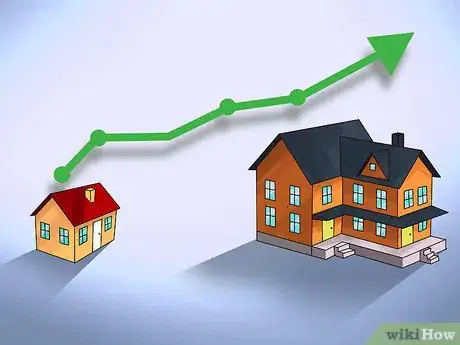
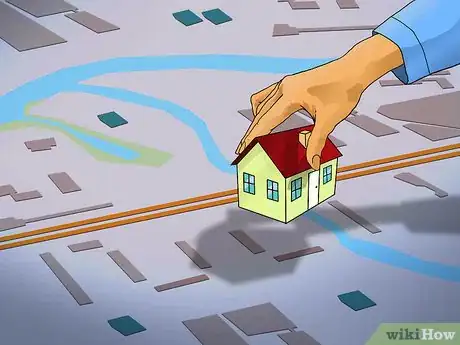
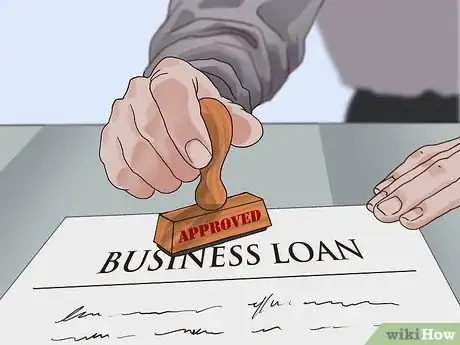
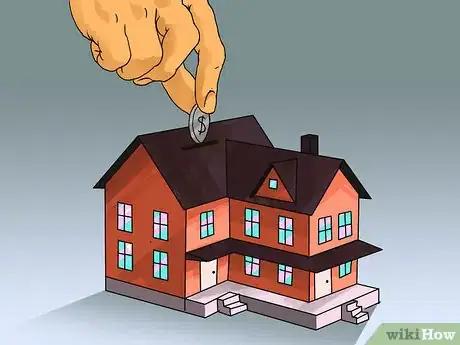
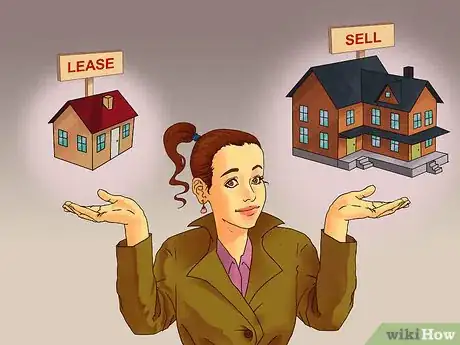
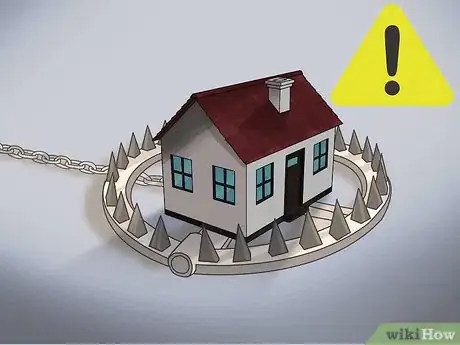
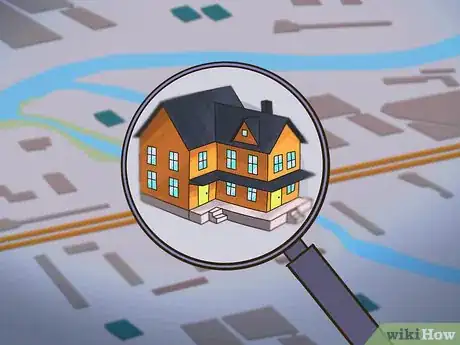


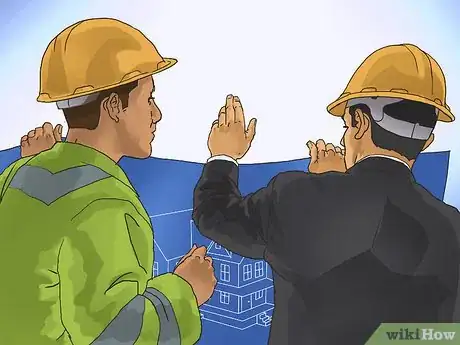

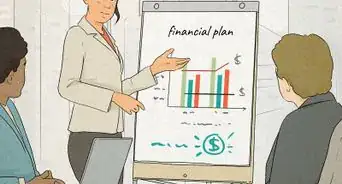


-Step-20-Version-3.webp)




